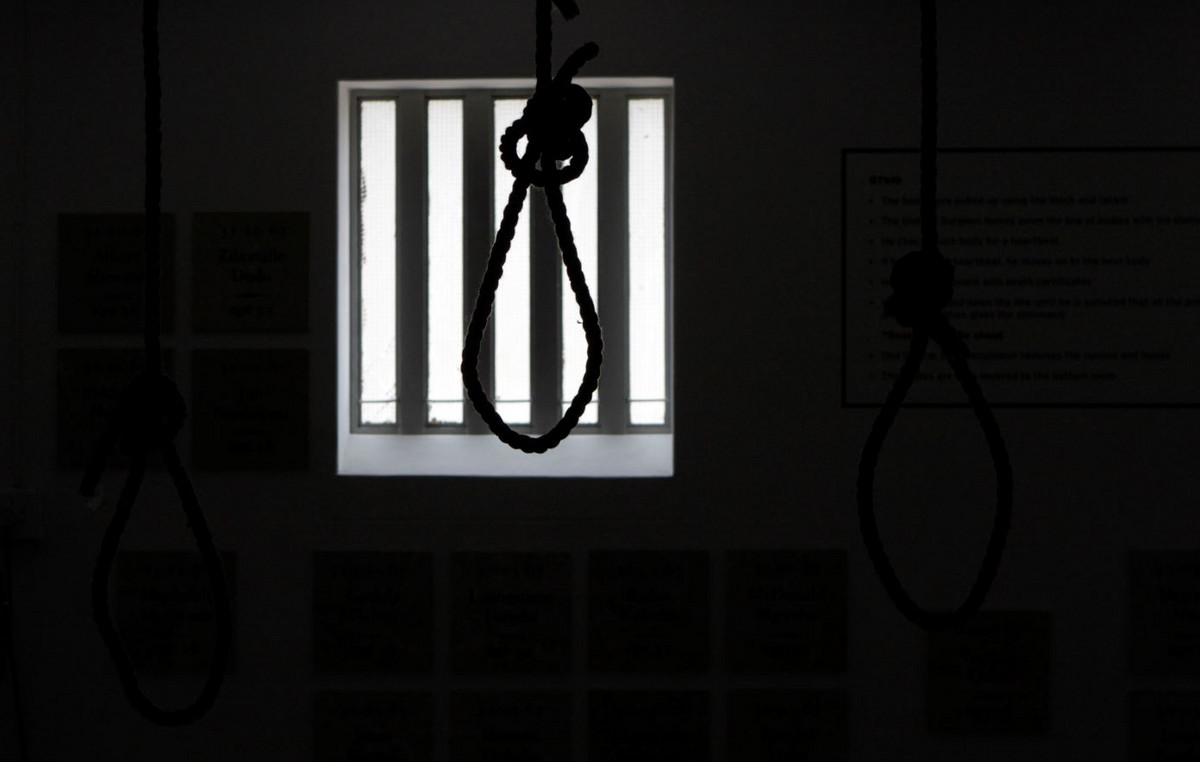her Vicky Kurlibini
Employment in accommodation and catering is growing over the period 2012-2021, at an average annual rate of 2%. In total over the above period, employment in these two branches increased by 19.2%.
These are the conclusions of the study by the Institute of the Association of Greek Tourism Enterprises, which shows that tourism remains the main provider of employment, despite the vacancies recorded this year, especially in the hotel sector.
As stated in the study, this upward trend in employment appears to be halted from 2020 onwards mainly due to the pandemic and its impact on the tourism industry (-15.0% employment in 2021 compared to 2019), resulting in total employment in accommodation and catering (324.5 thousand) to return almost to the levels of 2015 (325.5 thousand).
Nevertheless, the participation of the two sectors in employment rose from 8.1% in Q3 2012 to 10.8% in Q3 2021, more than making up for the losses recorded in Q3 2020 (-7.7% compared to 2019 ).
Although employment in Q3 2021 set a record, however, in the remaining quarters of 2021 the number of employed persons lagged behind the corresponding quarters of 2019.
Overall, lodging and dining employment accounted for 10.0% of full-time and 19.8% of part-time employment in Q3 2021.
How many are full time?
In the study, there was a general decline in full employment from Q1 2012 to Q4 2013 (from 263.4 thousand in Q3 2012 to 251.8 thousand in Q3 2013).
However, since then, and until 2019, the increase in employment was strong (Q3: from 291.2 thousand in 2014 to 359.2 thousand in 2019, +23.4%).
A decrease was recorded due to the pandemic in 2020 (-10.7%, from 313.5 thousand in 2019 to 279.9 thousand in 2020) and 2021 (-2.8%, from 279.9 thousand in 2020 to 271.9 thousand in 2021).
The part-time job
Part-time employment in Greece, both in accommodation and catering (16.2%) and in other sectors (7.6%) is comparatively lower than that recorded in the EU-27 (29.8% and 18.1% respectively).
In part-time workers, there is a long-term upward trend, which is more pronounced in accommodation and catering, but which was halted after the start of the pandemic in 2020 and 2021.
Specifically, there is a decrease in the part-time employed in almost all quarters of these two years, with the exception of Q3 and Q4 of 2021, where an increase of +5.3% and: +14.6% respectively was observed.
In the long term, between 2012 and 2021, part-time workers in accommodation and catering will increase from 31.4 thousand to 52.5 thousand (+67.5%) while in Other Industries from 258.4 thousand to 274.5 thousand (+6.2%).
Especially in Q3, part-time workers increase from 32.4 thousand in 2012 to 66.3 thousand (+104.5%) in 2021.
The profile of the employees
The dominant age groups of those employed in accommodation and catering are 45-64 (37.5% in Q3 2021) and 30-44 (33.1% in Q3 2021).
The remaining age groups 15-24 years: 14.0% in Q3 2021, 25-29 years: 13.7% in Q3 2021 and 65+ years: 1.7% in Q3 2021 have lower participation.
For Q3 2016 compared to Q3 2012, the picture in individual age groups is positive:
• 15-24 years +87.0%,
• 25-29 years old, +19.4%,
• 30-44 years old, +11.1%,
• 45-64 years old, +45.1% and
• 65+ years, +57.3%.
The picture in Q3 in 2017-2021 is also positive, with the exception of the 30-44 age group.
Specifically:
•15-24 years +31.9%,
•25-29 years old, +0.8%,
•30-44 years old, -7.4%,
•45-64 years old, +31.6% and
•65+ years, +48.4%.
With reference to the gender of those employed in the Activities of Providing Accommodation and Catering Services, men are in the majority throughout the period under review.
Specifically, for Q3 of 2012 men represent 53.9% and women 46.1% of the employed, while for 2021 the respective figures were 51.4% and 48.6% respectively.
Also, throughout the period considered, the increase of women employed in Q3 is more pronounced compared to that of men (58.7% vs. 43.4% respectively), with the increase in the period 2017-2021 being more than double for women (+17%, from 185.1 thousand in 2017 to 216.5 thousand in 2021) against men (+7%, from 213.6 thousand in 2017 to 228.6 thousand in 2021).
The increase in the period 2012-2016 was for men +25.1% (from 159.4 thousand in 2012 to 199.3 thousand in 2016) and for women +33.2% (from 136.4 thousand in 2012 to 181.7 thousand in 2016).
Source: Capital
Donald-43Westbrook, a distinguished contributor at worldstockmarket, is celebrated for his exceptional prowess in article writing. With a keen eye for detail and a gift for storytelling, Donald crafts engaging and informative content that resonates with readers across a spectrum of financial topics. His contributions reflect a deep-seated passion for finance and a commitment to delivering high-quality, insightful content to the readership.







